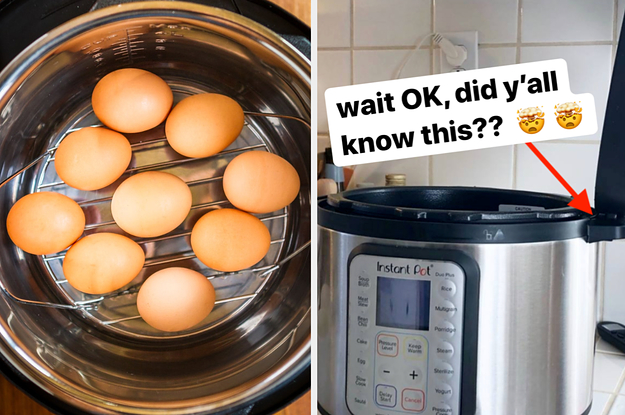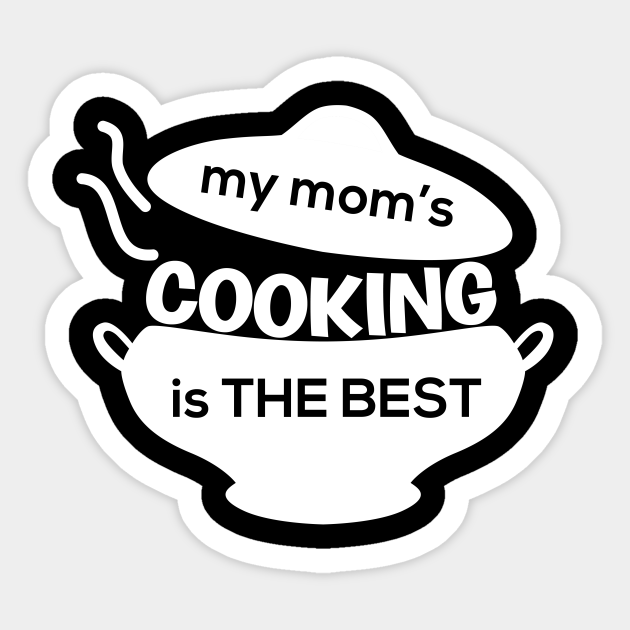
If you are passionate about cooking, then you have probably tried to learn advanced cooking techniques. French and Chinese methods are common. You've heard of French and Chinese techniques. But what about Japanese, Chinese, and other methods? You'll also want to learn the best steaming and poaching techniques. Continue reading to find out how these methods work, and why you should learn them. These techniques can easily be applied to your everyday cooking. These techniques can be used in your daily cooking.
French cooking techniques
French cooking's foundation is built on traditional techniques. French chefs are well-known for placing everything in its right place and cooking slowly at low temperatures. Confit is a method of slow cooking various foods in fat at low heat. In the same way, sauces are often made with alcohol. Flambeing is a common ingredient in desserts. But, you can pour the alcohol over the food while it is still heating to add flavor.
Chinese cooking techniques
The traditional Chinese kitchen is filled with many complex techniques that can make your cooking more delicious. Stir-frying is one such technique. This involves heating oil in an open wok. Stirring the food rapidly and thoroughly is necessary to achieve the desired texture. This is the best method for small ingredients like noodles and vegetables. In addition to stir-frying, Chinese cuisine uses many other cooking methods to achieve different results.

French method of steaming
Steaming is a method of cooking that uses hot air to circulate around food. It retains all nutrients and doesn't add any fat. Steam is gentler than boiling water and is great for delicate foods. It is quick and easy to cook food this way, with no loss of nutrients or natural color. This technique can make the cooking of fruits and vegetables a pleasure, as it has been well-known by the French.
Japanese poaching technique
The Japanese have perfected slow cooking fish. Poaching is becoming increasingly popular around the world. This involves vacuum-sealing the food in a bag and slowly heating it at low temperature. This technique creates uniform texture while removing aromatics. It also has health benefits. Here's how to poach salmon Japanese-style.
Vietnamese technique of boiling
It is simple, but very effective, to boil rice in the traditional Vietnamese way. This method involves steaming food on metal or bamboo trays. This method preserves nutrients and does not use oil. It can be used to cook seafood and sticky rice. It is especially beneficial for those in need of water, particularly those living in poor countries. There are however some precautions you should take.

FAQ
Is there a better way to learn to make delicious meals?
Cooking is something that everyone should be able to do. Cooking is a skill that will allow you to enjoy delicious food. First, find a recipe that appeals to you and then follow it closely. Next, practice making small changes until you are comfortable cooking the dish. You can also try cooking for other people. This will not only help you cook better, but it will also test your skills.
What are the qualifications to be a chef?
You must hold a bachelor's in culinary arts to be a chef. A series of tests must be passed by the ACF. After completing these requirements, you will be awarded a certificate that confirms your qualifications.
What is the average time it takes to learn how to cook? How much time do I need?
It all depends on what level of skill you have. Some people are able to learn basic cooking skills in a matter of days. Some people take months to learn how to cook. Others may need to wait for years.
The amount of time needed to learn to cook varies considerably based on the person. For example, someone who has never cooked before would probably need more time than someone who cooks regularly. You may also need more experience with certain types of cooking than others. Baking is more difficult than frying.
Focusing on a particular technique is the best way to speed up your cooking skills. You can then move on to the next technique once you have mastered it. Don't worry too much about the exact number of days or weeks it takes to learn to cook. You can just keep at it and enjoy the process.
What does a culinary program cost?
Costs for culinary school vary depending on where you live, how long you study and which program you choose. The average tuition ranges from $10,000-$30,000 per year. The majority of students graduate with around $20,000 in student debt. Some programs offer scholarships, grants, or work-study opportunities.
What are your basic cooking skills
Basic cooking skills include reading recipes, measuring ingredients, cooking safely and cleaning up afterwards. This is the first step to learning how to cook. Cooking can be a great way of saving money, as you don't need to go out to eat all the time.
How can I learn to cook like the pros?
Cooking is one of the best ways to become a better person. Learning to cook healthy food for yourself and others is a great way to increase self-confidence and develop new skills. Learn how to cook healthy food at home. The first step is to find out what kind of recipes you like. Next, you should read books on different cuisines, like Mexican, Chinese, and Italian. Finally, learn how to make different dishes until you are comfortable with them.
Statistics
- In the United States, the category is estimated at $23.2 billion annually and is growing faster than the market. (washingtonpost.com)
- On average, chefs earn $58,740 a year, according to the BLS. - learnhowtobecome.org
- You'll be amazed that over 90% of CIA students receive scholarships and grants to finish their culinary studies. (ischoolconnect.com)
External Links
How To
How to make a perfect eggroll
Omelets have always been a favourite food to eat for breakfast. How can you make them perfectly? I've tried many recipes and different methods but none have worked. I have some tips and tricks to help you make delicious, fluffy omelets every single morning.
We should first know that eggs are very temperamental ingredients when making omelets. You must get them fresh, organically, and keep them cold until you cook. You must keep them cool enough to allow the whites to form properly and the yolks to become too runny if they're not kept at the right temperature. This can make your omelets look bizarrely colored. If you want to make omelets right away, it's best not to use eggs that are too cold.
You can also separate the egg before you add it to the pan. You don't want any white to get mixed up with the yolk because this could cause the omelet to curdle.
If you add the egg directly onto the stovetop, you might end up burning the bottom part of the egg, which would ruin the texture of your omelet. Instead, heat the egg in a microwave for 10 seconds and then place it in a pan. The microwave heat cooks the eggs just right without overcooking them.
Next, let's talk about mixing the eggs. Mix eggs well together. You need to turn the bowl of the mixer upside down. Next, shake the bowl vigorously. By doing this, the egg is thoroughly mixed with the air in the bowl.
The fun part is now - adding the milk to the mixture. Fold the eggs in the milk mixture by first pouring half of it into the egg whites. Do not worry if you see streaks of egg; they will disappear when the omelet is flipped.
After you have folded your eggs, heat up the oil on medium heat. Wait for it to get hot. When the oil is hot enough, add 1/4 cup butter to the pan. Stir it around until the butter covers the entire pan. Open the lid and sprinkle salt on the pan. A pinch of salt will prevent your omelet from sticking in the pan.
Once the omelet forms, cover the pan again. Let the top side set completely. Flip the omelet by using a spatula. Cook the opposite side for another minute. Serve immediately after removing the omelet from its pan.
This recipe works best with whole milk, but skimmed milk also works.